
Our Blog
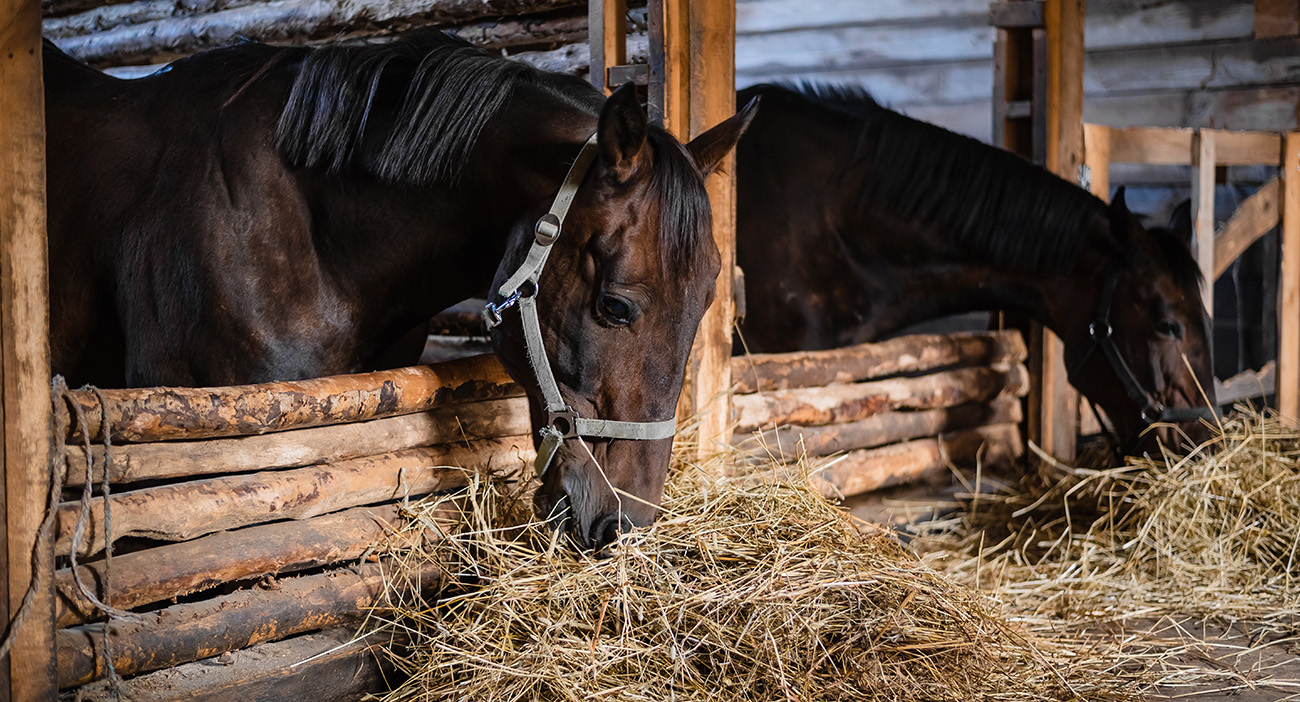
October 5, 2025
What To Feed A Horse With EMS
If you have a horse or pony with Equine Metabolic Syndrome, also referred to as EMS, you might be worrying about what foods and supplements you can feed them. They will require a diet of low non-structural carbohydrates and calories to manage their weight and prevent laminitis. So, what exactly can you feed to horses with EMS?
A horse with EMS will require forage that is ideally less than 10% water-soluble carbohydrates. Soaking the hay can further reduce the sugar content; however, it’s wise to have the forage analysed wherever possible to determine its sugar and starch levels.
Keep reading for a more in-depth explanation of what you can feed your horse and how to manage their symptoms.
What Is EMS and Insulin Dysregulation In A Horse?
EMS is a syndrome, not a disease, and EMS usually occurs in horses and ponies aged between five and 15.
When a horse eats, sugars and starches are broken down in the digestive tract into glucose, which then enters the bloodstream. The pancreas releases insulin, a hormone that allows glucose to move from the bloodstream into the body’s cells, where it can be used for energy.
In horses with Equine Metabolic Syndrome (EMS), this process does not function properly. The body’s cells become less responsive to insulin, a condition known as insulin dysregulation or insulin resistance, meaning glucose cannot enter the cells effectively. In response, the pancreas produces even more insulin to try to compensate. Excess glucose is then converted and stored as fat, which is why horses with EMS often carry excess weight and have persistently high insulin levels. Chronically elevated insulin is now recognised as the most common cause of laminitis.
Predisposing Factors That Can Affect EMS and Insulin Dysregulation:
- Increasing age may reduce insulin sensitivity, although EMS can occur in horses of any age.
- Certain breeds, such as Natives, may naturally be more prone to EMS
- High-starch or high-sugar diets can cause repeated post-meal spikes in insulin and glucose, which may contribute to insulin dysregulation over time.
- Feeding young horses an excessive amount of grain can increase their chances of becoming obese in later life. This, in turn, can increase their chances of EMS and laminitis.
Feeding A Horse With EMS and Managing The Symptoms.
Managing a horse with Equine Metabolic Syndrome (EMS) focuses on reducing body fat and improving insulin sensitivity through careful dietary and management changes. While not every aspect of the condition can be addressed through diet alone, nutrition plays a central role. Below are several strategies to help support horses with EMS and reduce the risk of laminitis.
Exercise Your Horse
Exercise is a vital part of managing Equine Metabolic Syndrome (EMS). Regular physical activity improves how the body responds to insulin and also helps muscles use glucose directly during movement. This means exercise can help lower blood glucose and insulin levels naturally, supporting healthier metabolism.
Setting a weight loss goal is also a great way to monitor your horse's weight and provide motivation for the exercise. Take pictures of your horse regularly so you can physically see the changes, and measure their bodies with a weight tape every fortnight.
Change Your Horse’s Diet And Limit Grazing
Can horses with EMS eat grass? The short answer is ‘yes, but this needs to be closely monitored’, whereas a horse that is suffering from immediate laminitis should be off the grass completely.
For EMS and ID horses, it is possible for them to graze, but this should be closely monitored and restricted when necessary. A lot of EMS horse owners choose to remove horses completely from the grass and feed conserved forage only. This is so that owners can have complete control over what their horse is eating.
Horses with EMS should be fed low-sugar hay or haylage with less than 10% sugar and starch. Wherever possible, the owner should look to have their forage analysed, too. Please get in touch with our team for an up-to-date analysis of our forage products.
The period over which forage is consumed can also have a bearing on insulin spikes during the day. For this reason, slow feeders or physically staggering provision of forage (and hard feed) can help to reduce peaks of insulin post-eating (which are associated with increased laminitis risk).
Feed Your Horse Vitamins, Minerals, And Antioxidants
As well as a healthy, balanced diet, there are a few supplements for horses with EMS, such as vitamins and minerals, that can help with the symptoms and support their health and well-being.
An EMS horse will ideally need to be fed a low intake, low-calorie, protein diet with vitamins and minerals, such as a balancer. For an added bonus, choose a balancer that also contains added antioxidants (such as vitamin E), as this will help to neutralise free radicals.
What Is The Best Feed For Horses With EMS, Laminitis, Or Insulin Dysregulation?
These types of horses should be fed forage with less than 10% combined sugar and starch. If you’re feeding haylage, look for low-energy products. If you’re feeding hay, products such as Timothy and some Meadow Hays should be suitable, although always get an analysis when trying a new product.
How Can M&T Help?
M&T has an in-house nutritionist who is an expert on horses' wellbeing and nutritional requirements. As well as providing a wealth of information on our website for customers to look through, she is also on hand for specific customer requirements.
Additionally, all our products are externally analysed with results available for our customers, so that you know exactly what your horse is eating. Get in touch for the most recent analysis of our forage products.
Which Of Our Hay or Haylage Products Are Suitable for Horses with EMS?
Horses that have a history of laminitis, and are therefore prone to laminitis, require a forage that is ideally less than 10% water-soluble carbohydrates (WSC) sugars)). The environmental conditions at the time of harvest of a hay or haylage are key factors that influence the sugar levels within the finished forage. It is possible for both hay and haylage to be below this 10% water-soluble carbohydrate threshold, and it is for this reason that you cannot categorically say that a particular hay or haylage is not suitable.
At M&T, we analyse our hay and haylage regularly, and have selected our most suitable forage for those requiring a low sugar diet from a product that is consistently analysed below the 10% threshold. While some of our other products may also have results below this threshold, we would recommend M&T’s Timothy Hay as our lowest WSC option at this time. You can view our Product Technical Specification for the typical WSC percentages in our Timothy Hay.*
If you have any concerns or queries about feeding horses with EMS, please contact our expert team or nutritionist.
*Please get in touch with us for an up-to-date analysis of our forage products.
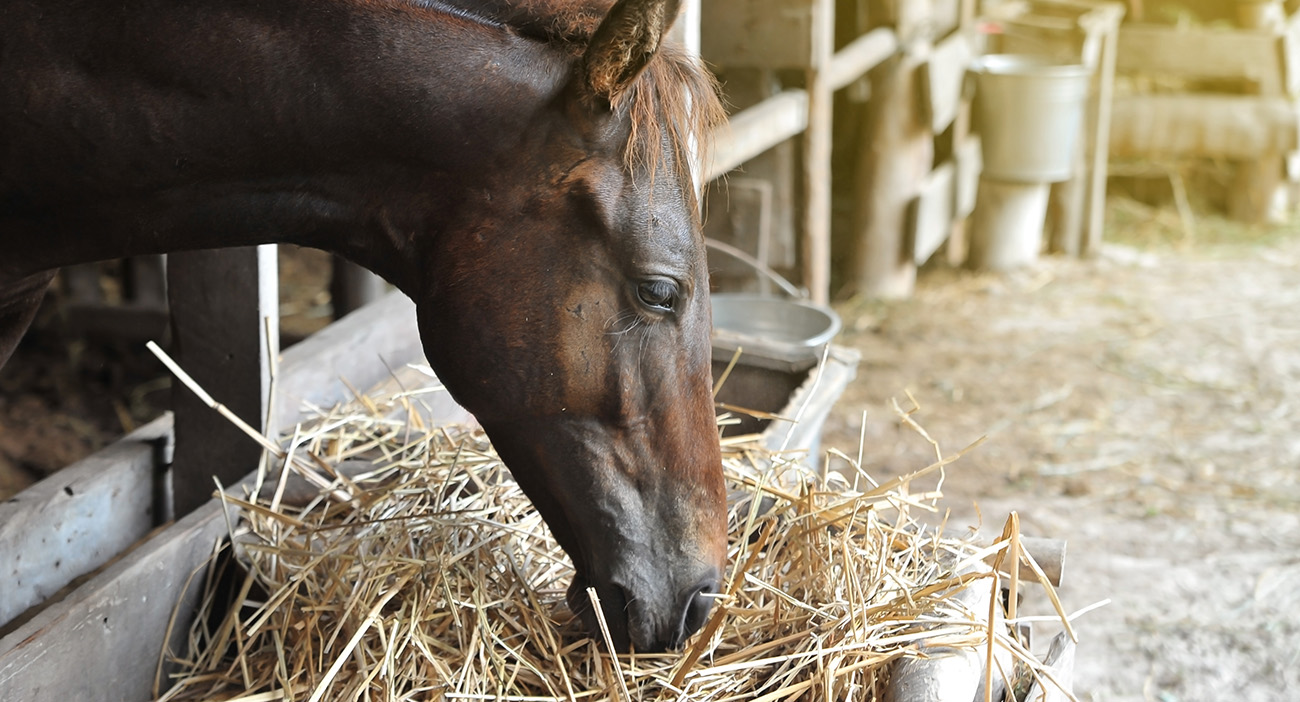
October 28, 2025
Feeding the Veteran Horse: 7 Golden Rules for Their Golden Years

October 20, 2025
What Type of Hay Is Best for Horses and Ponies?

October 5, 2025
What To Feed A Horse With EMS

July 16, 2025
Do Horses Need Hay in the Summer?

May 22, 2025
Changing Your Horses Diet From Winter to Spring

April 4, 2024
Eat, Sleep, Compete, Repeat
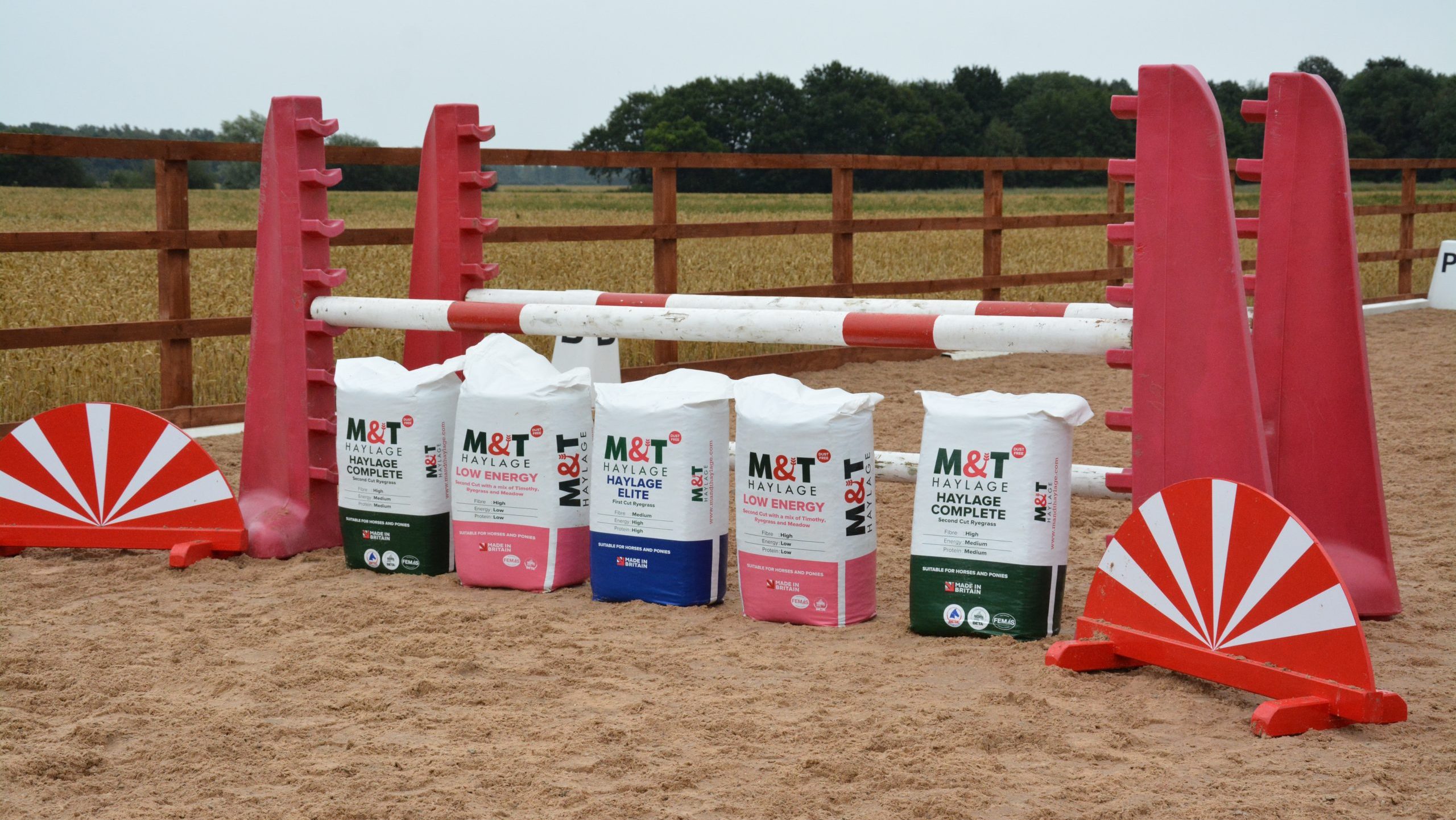
March 8, 2024
Top Tips For Managing Forage On The Go: Part Two

March 8, 2024
Consistency Is Key for Horses

February 19, 2024
Don’t Underestimate The Value of Preparation

February 6, 2024
Know Your Horse Inside Out
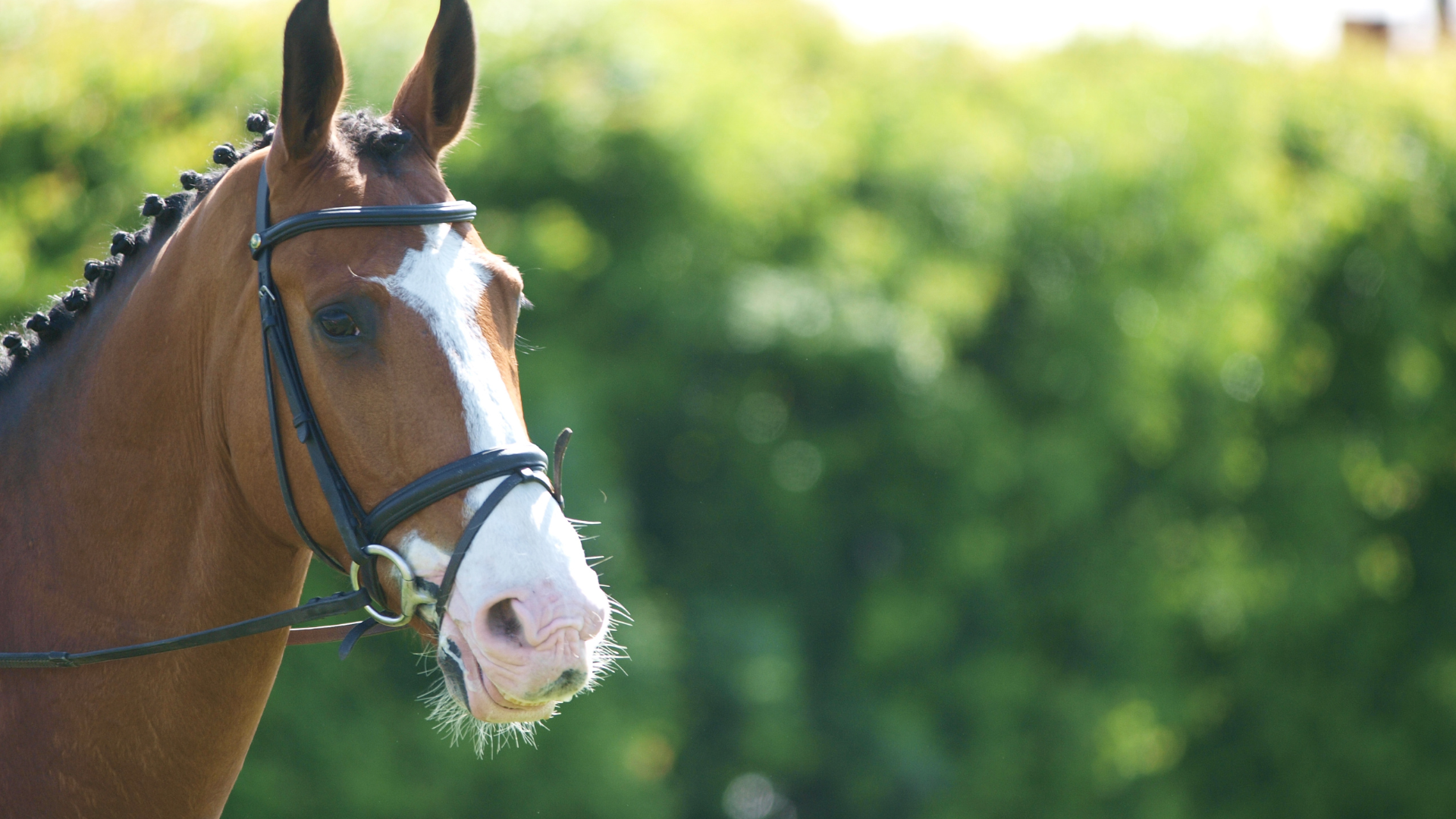
December 11, 2023
How To Get The Most Out Of Your Horse Forage During Winter

September 14, 2023
Hay Exportation – Why Choose British Hay?

March 3, 2023
Hay vs Haylage: Which Is The Right Option For Your Horse?
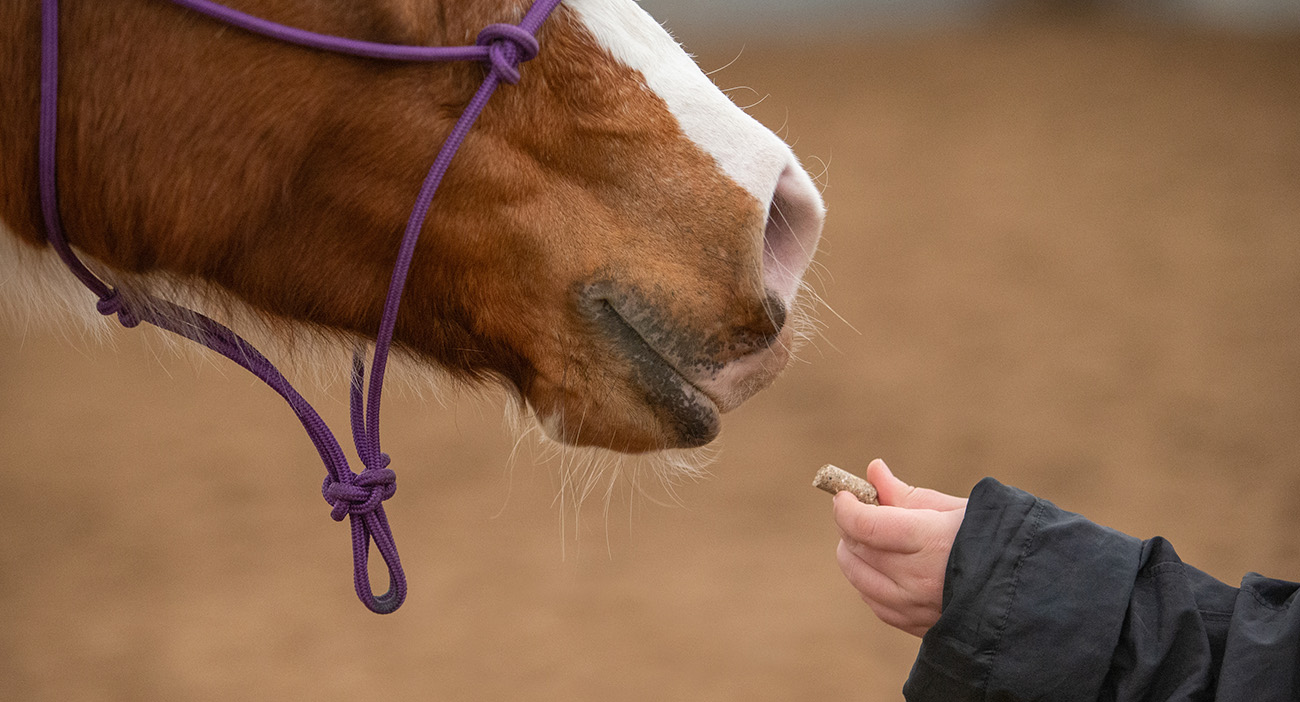
January 13, 2023
How To Bring A Horse Back Into Work After A Break
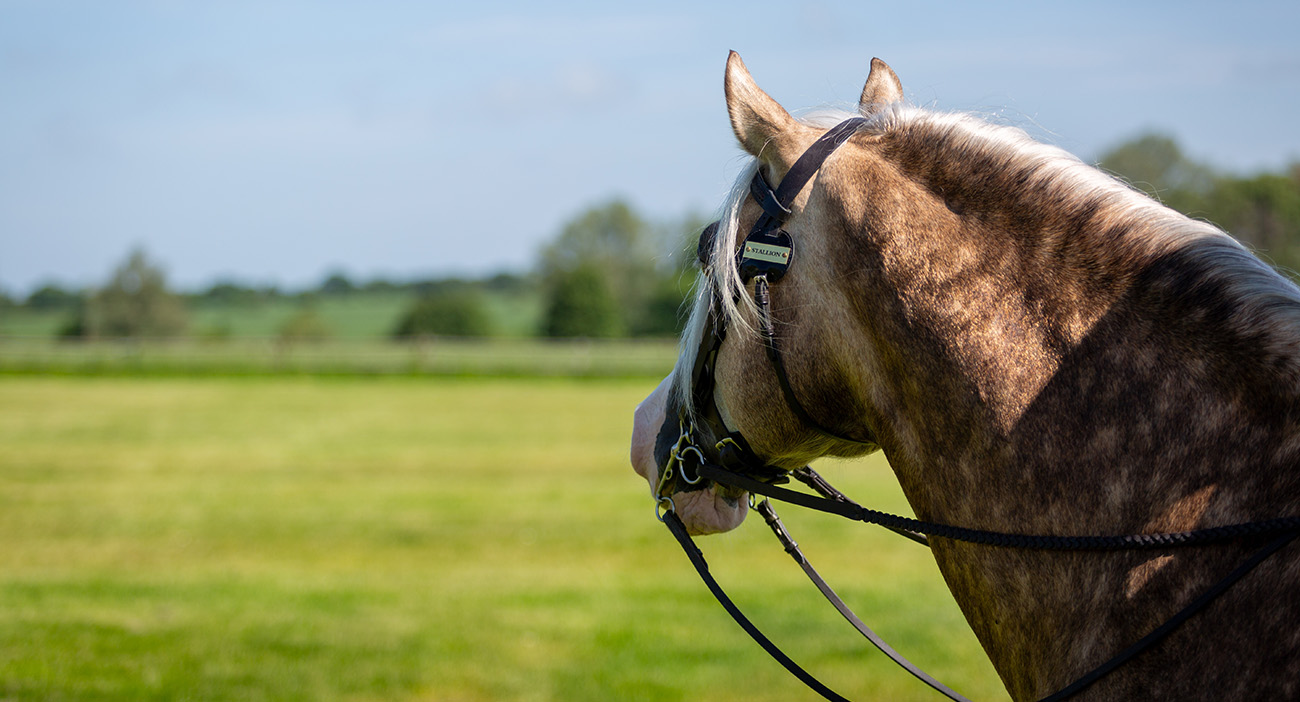
November 23, 2022
How To Body Condition Score Your Horse
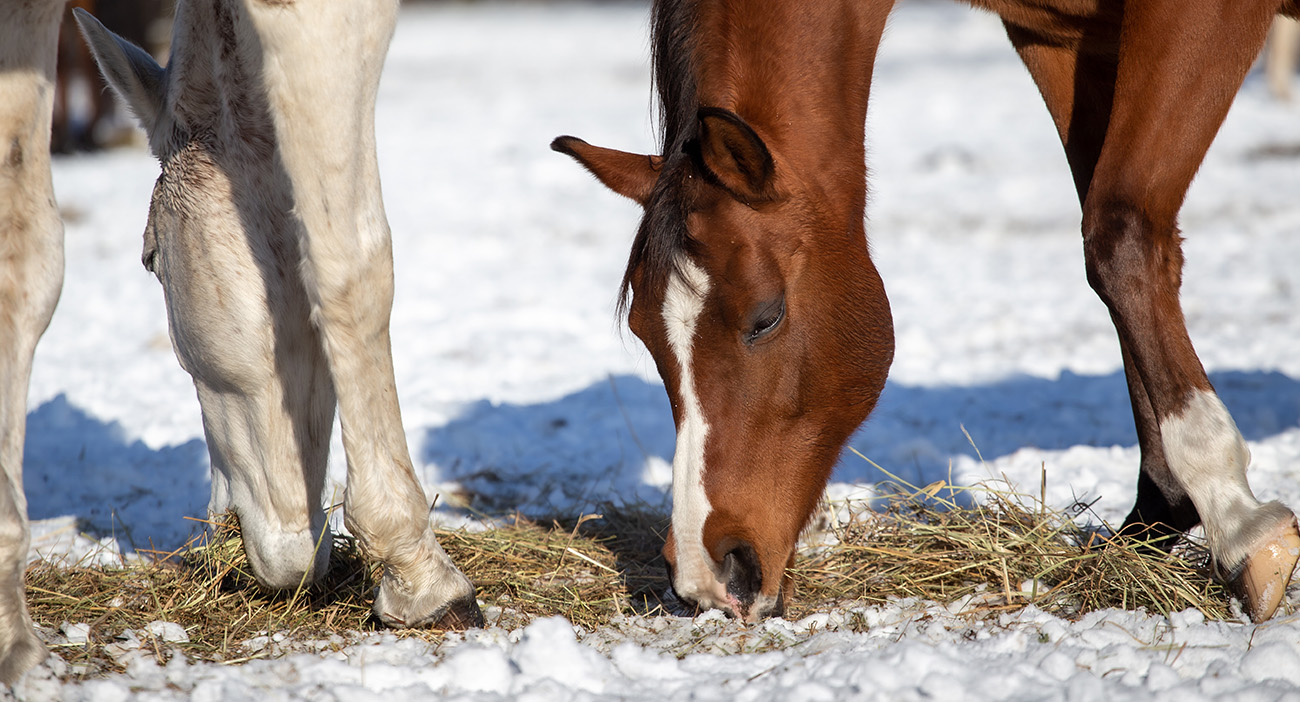
November 7, 2022
Winter Feeding Tips For Horse Owners

October 20, 2022
Money Saving Tips For Horse Owners
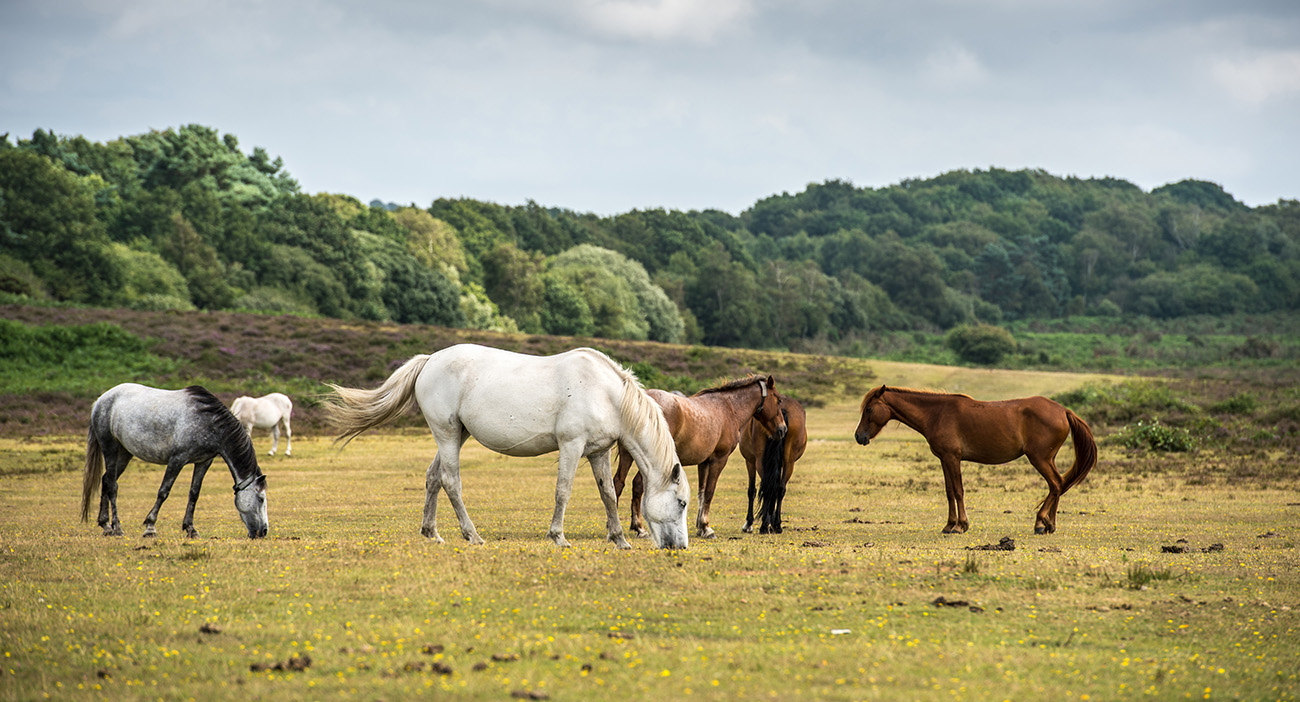
October 3, 2022
8 Ways To Keep Your Horse Entertained

September 30, 2022
Equestrian Question and Answer Session: Sophie Platt

August 25, 2022
Preparing Your Horse For Competition

July 28, 2022
What Is Normal For My Horse?
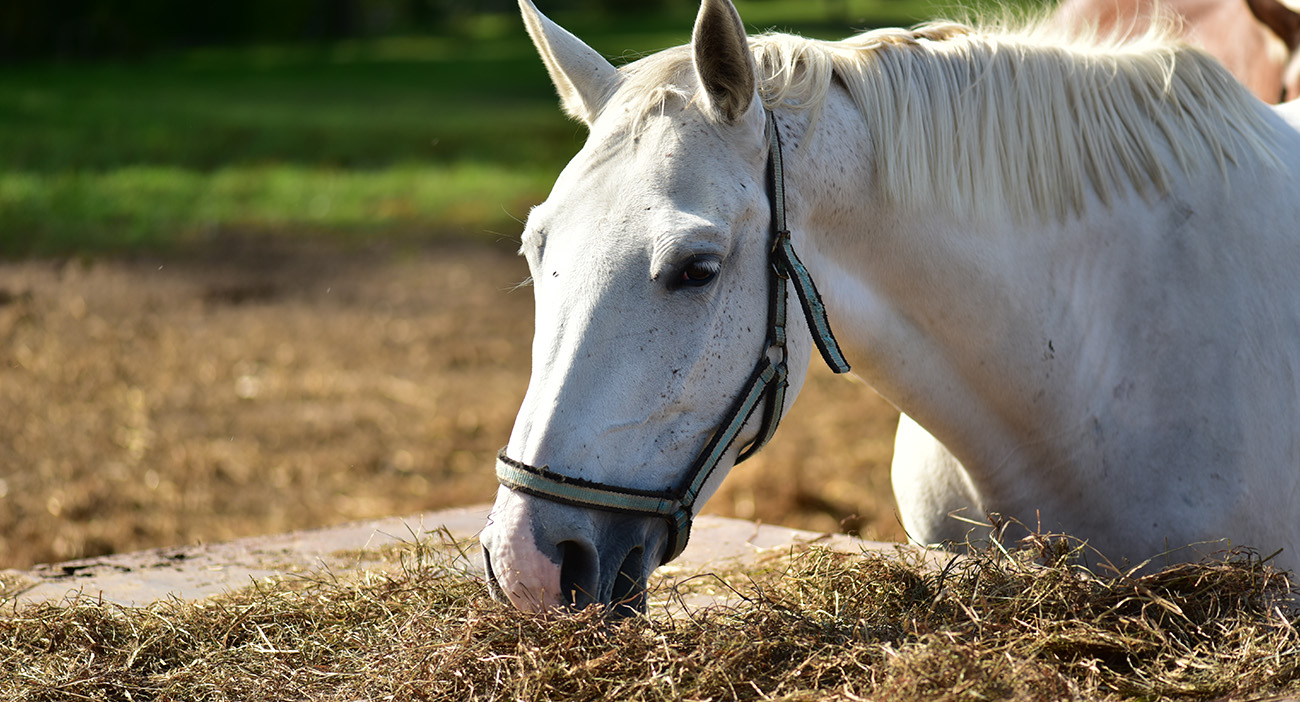
June 30, 2022
Compeition Horses: Managing Forage and Water Intake

September 22, 2021
Feeding The Equine Athlete

September 7, 2021
How To Feed Your Horse Indoors This Winter
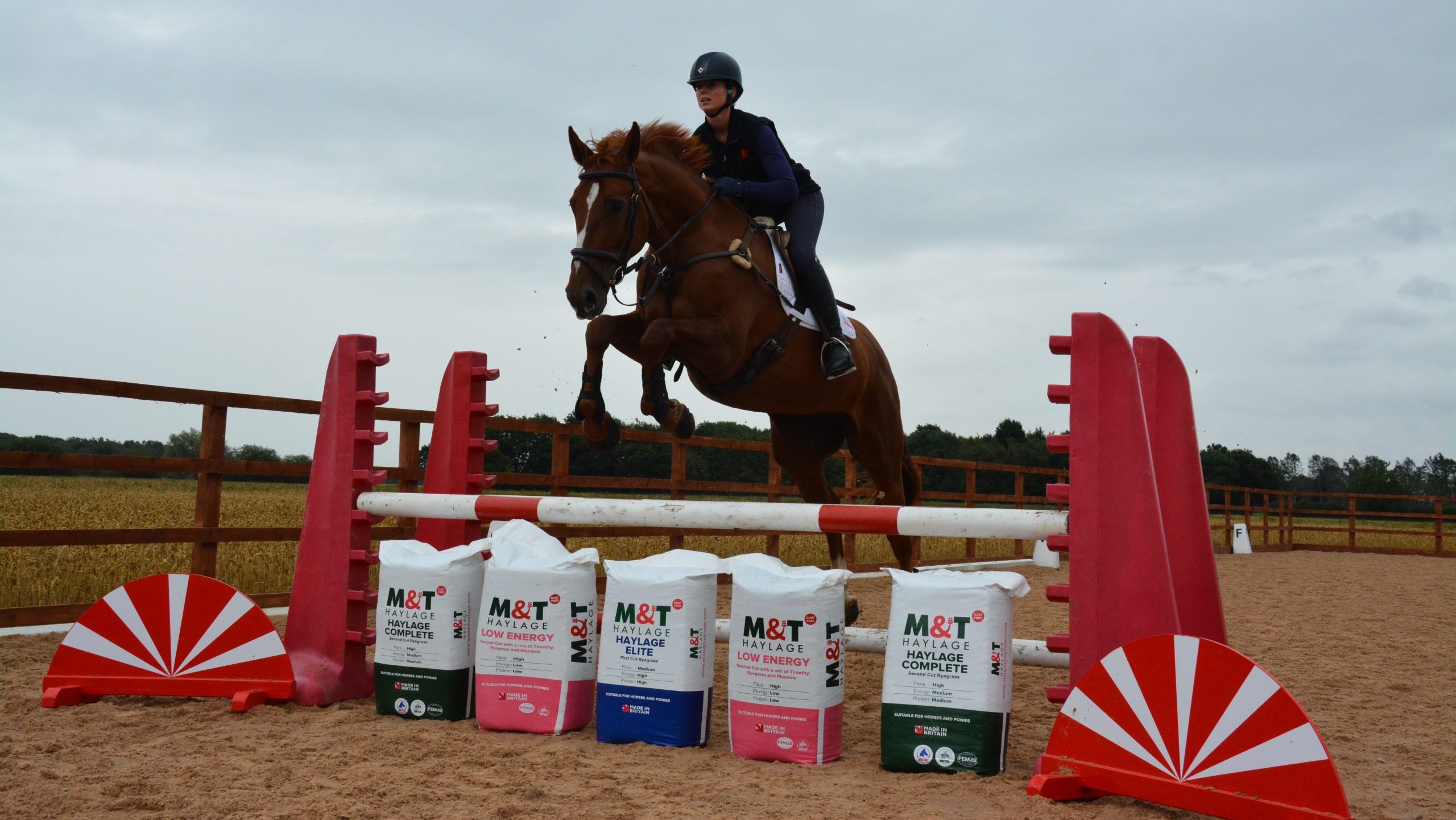
December 7, 2020
Premium Horse Forage: Ask The Nutritionist

July 9, 2020
Top Tips For Managing Forage For Horses On The Go: Part One

January 16, 2020
Haylage Myth Buster: Nutritionist Top Tips for Horses






